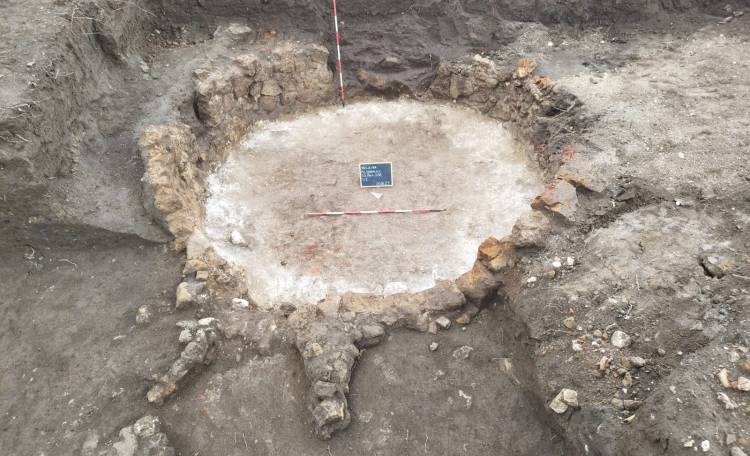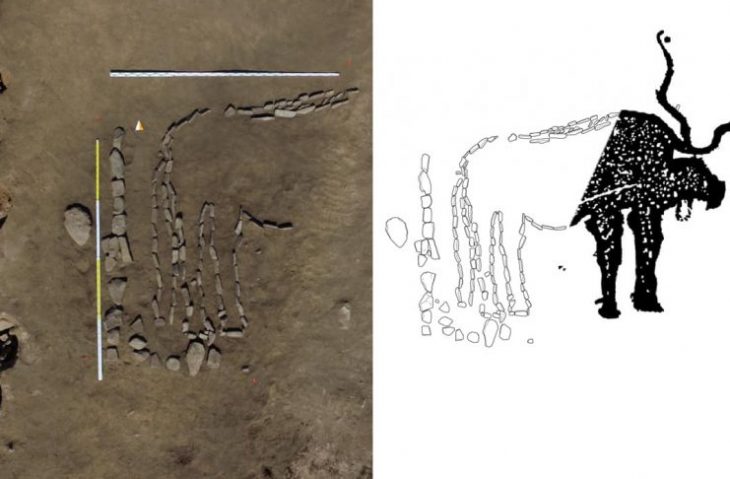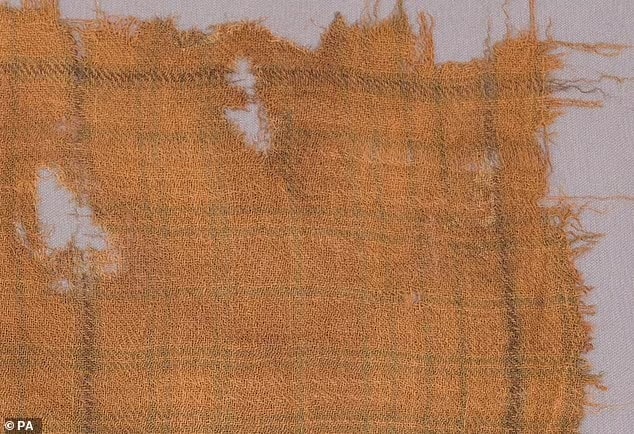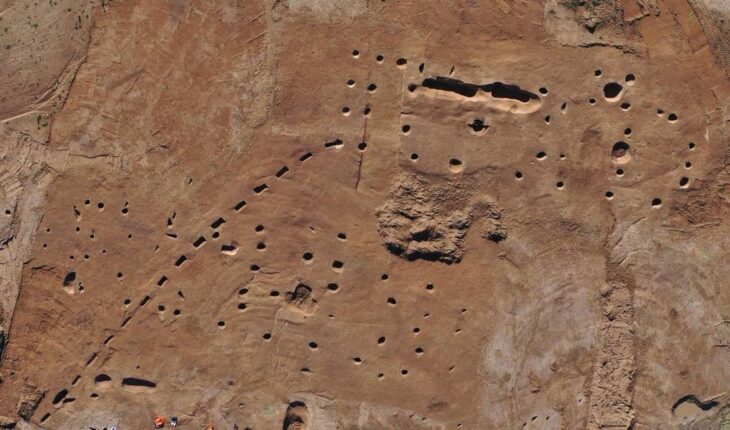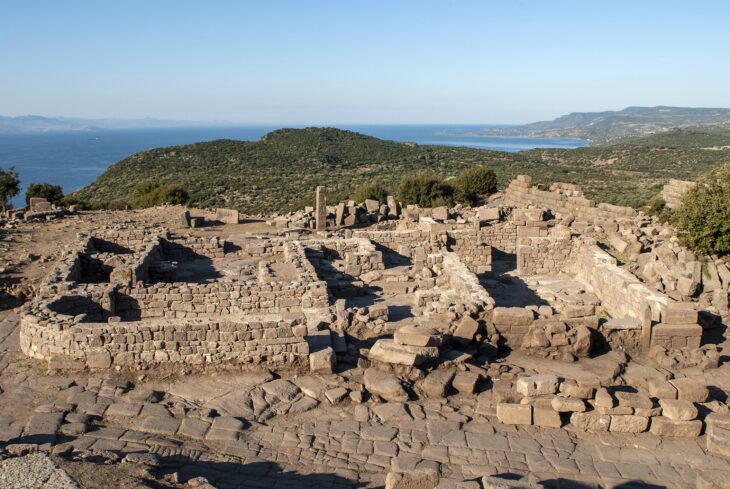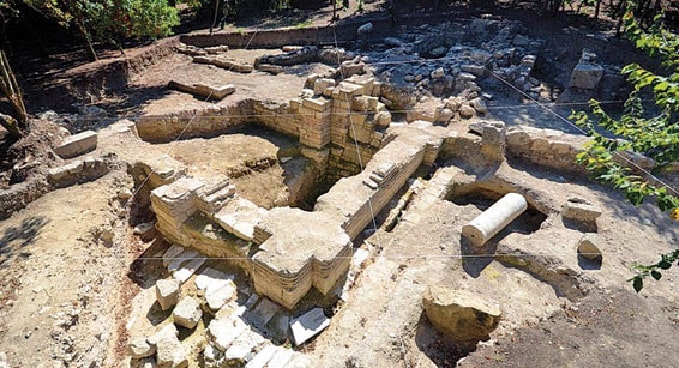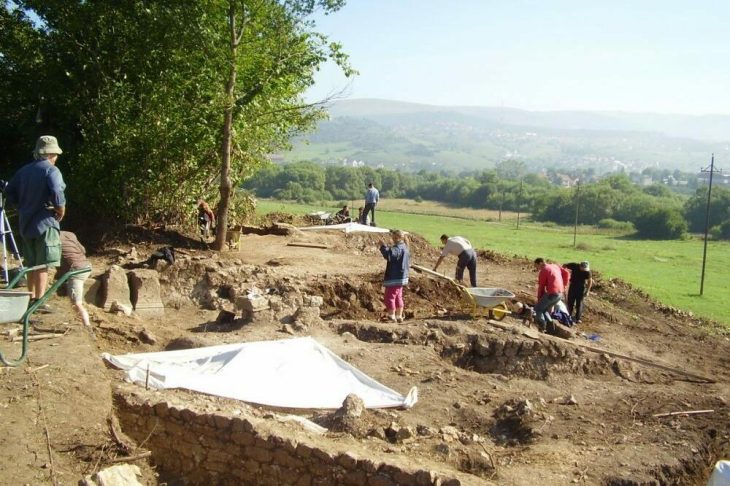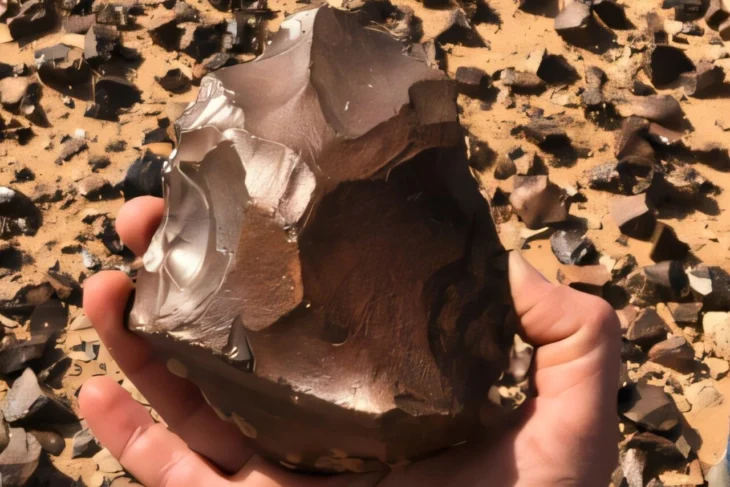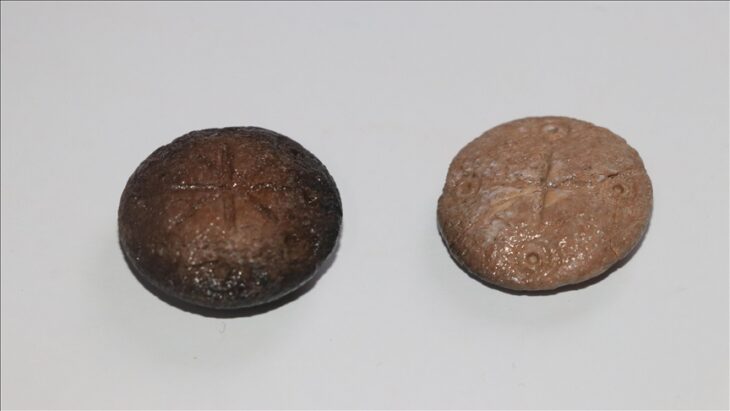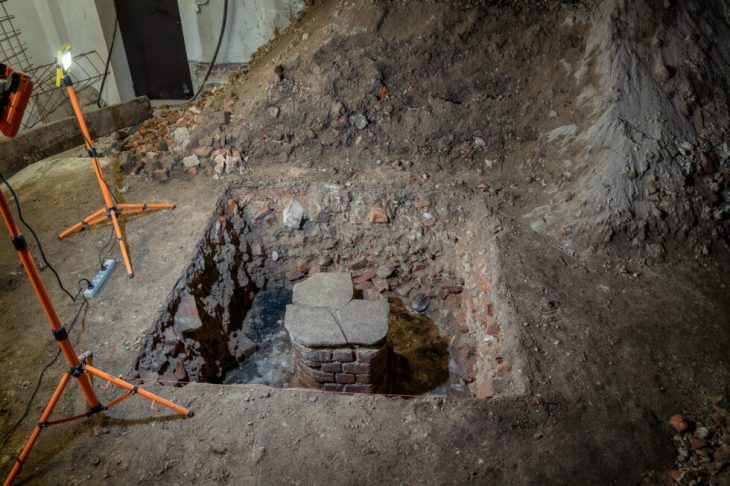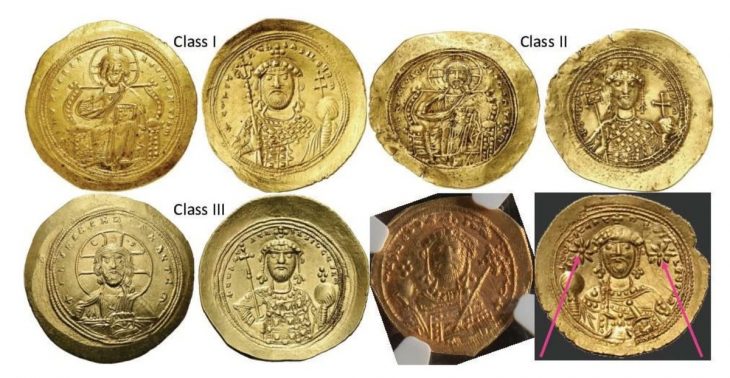On the outskirts of Nola, a district from the early Middle Ages has been discovered. According to the Soprintendenza Archeologia, Belle Arti e Paesaggio for the Naples metropolitan area, the discovery of burials from the sixth and seventh centuries may have completely changed the course of Nola’s early Middle Ages.
Nola was one of the most ancient cities of Campania, variously said to have been founded by the Ausones, the Chalcidians and the Etruscans. Its territory was very fertile, and this was the principal source of its wealth. The Etruscans were certainly in Nola about 560 BC when it sent assistance to Neapolis against the Roman invasion (328 BC). The Romans conquered Nola in 343 BC, and it was thenceforth faithful to Rome.
Between the 5th and 15th centuries, the site flourished as a center of regional trade and craft production, and being associated with Saint Paulinus and Saint Felix, Nola has always been a popular destination for Christian pilgrims who make offerings at the Basilica di San Paolo and the Cathedral of Nola.
In the Nola area on the outskirts of Naples, archaeologists have identified an entire medieval neighborhood, and burials dating back to the 6th and 7th centuries.
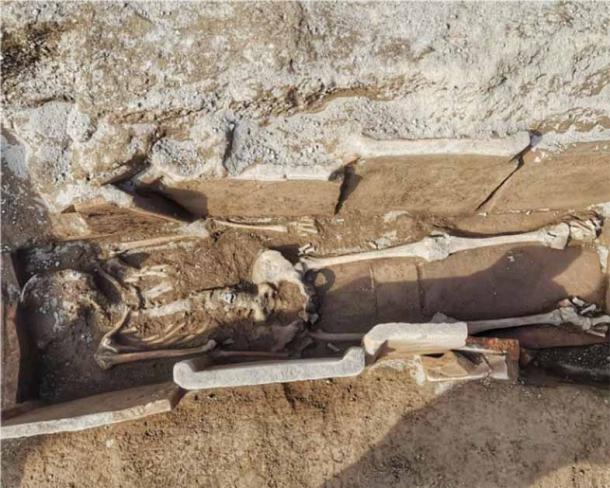
Numerous fragments of pottery have been found that would testify to the area’s frequentation up to the 12th-13th centuries, when a craft district was set up, with the planting of limestone for turning architectural elements and sculptures composed of marble and limestone into lime. A statue of a togatus from the Roman period was found, missing its head, broken in two in the middle, but reconstructible.
“Nola is an area of great interest in Campania, along with Cumae and Capua, which engages a wide time span,” said Fine Arts Superintendent for the Naples metropolitan area Mariano Nuzzo. “The important recent finds, which can be traced back to the early Middle Ages, bear witness to this. The research, which is currently underway, sees the Superintendency engaged in the forefront of active and timely protection of new archaeological finds and burials dating from the sixth to seventh centuries AD.”
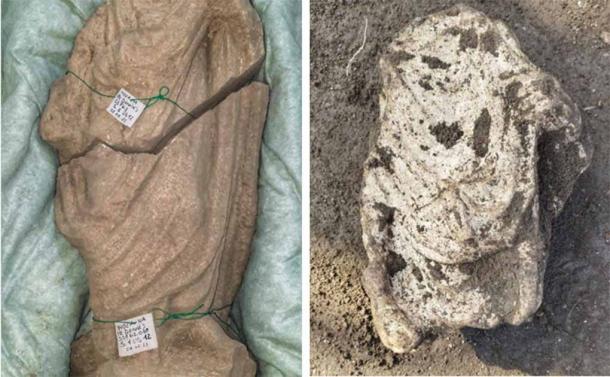
Due to their compatibility with various stone and metal surfaces, materials based on lime were highly valued by medieval artisans. Lime mortar was a useful material for maintaining and restoring older Roman statues and sculptures because it allowed for both structural support and aesthetic restoration. Medieval lime workers at Nola were skilled at mixing various lime mortars according to the task at hand and carefully repairing damaged statues. Medieval artisans frequently added substances to lime to change its consistency; for instance, pozzolana (a volcanic material) produced a thick lime paste that was spread and molded onto damaged marble statues.
The discovery occurred during preventive investigations in the area of building construction and could be useful in reconstructing the history of the city founded in the 8th century BC.
Cover Photo: Soprintendenza Napoli

